By Bob Hicks
When we talk about culture here at Art Scatter, we like to think it’s almost as wide as life. It could be historical, or political, or social, or personal, or purely aesthetic. It might be Madame Butterfly, Puccini‘s opera about a fatal clash of moral sensibilities, which returns to the Portland Opera stage beginning Friday. Or it might be Mochitsuki, the city’s annual celebration of the Japanese new year, which I took in on Sunday afternoon.
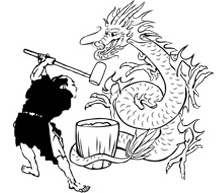 Japan has officially recognized the Gregorian-calendar dating system since 1873, which makes the official Japanese new year January 1. But traditionally the nation’s new year has followed the Chinese lunar calendar, and a sturdy tradition can outwit official proclamation for a good long time.
Japan has officially recognized the Gregorian-calendar dating system since 1873, which makes the official Japanese new year January 1. But traditionally the nation’s new year has followed the Chinese lunar calendar, and a sturdy tradition can outwit official proclamation for a good long time.
This year’s Mochitsuki took place, curiously but practically, at the Scottish Rite Center, a spacious building that offers lots of room to roam. As I walked in I discovered an overflowing crowd of celebrants, from the very old to the newly born, wandering through three levels of displays, performances, dining and activities. The variety was invigorating: everything from bento-making classes for kids to tea ceremonies for all comers. Calligraphy, origami, ikebana, tastes of sake, a table with contemporary Japanese art that seemed inspired by, or loosely affiliated with, manga. Lots and lots of food, from ramune soft drinks and vegetable curry to chow mein and (from a Hawaiian booth) Spam musubi. Booths with information about Japanese-American societies. Tables with books on the history of Japanese life in the United States, including the infamous internment camps for American citizens of Japanese descent during World War II. The Consulate General of Japan and the Portland Japanese Garden had booths.
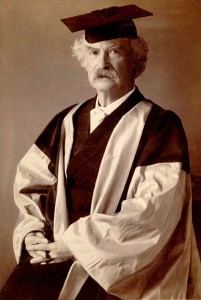 A couple of weeks ago I chatted on the phone for about an hour with him (Holbrook, not Twain, although it’s sometimes hard to tell them apart), and today two resulting stories have seen the light of print.
A couple of weeks ago I chatted on the phone for about an hour with him (Holbrook, not Twain, although it’s sometimes hard to tell them apart), and today two resulting stories have seen the light of print. Thomas Nast/1871
Thomas Nast/1871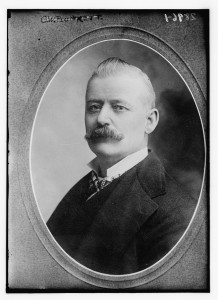 Now we’re extremely proud to be able to bring you the commentary of the legendary
Now we’re extremely proud to be able to bring you the commentary of the legendary 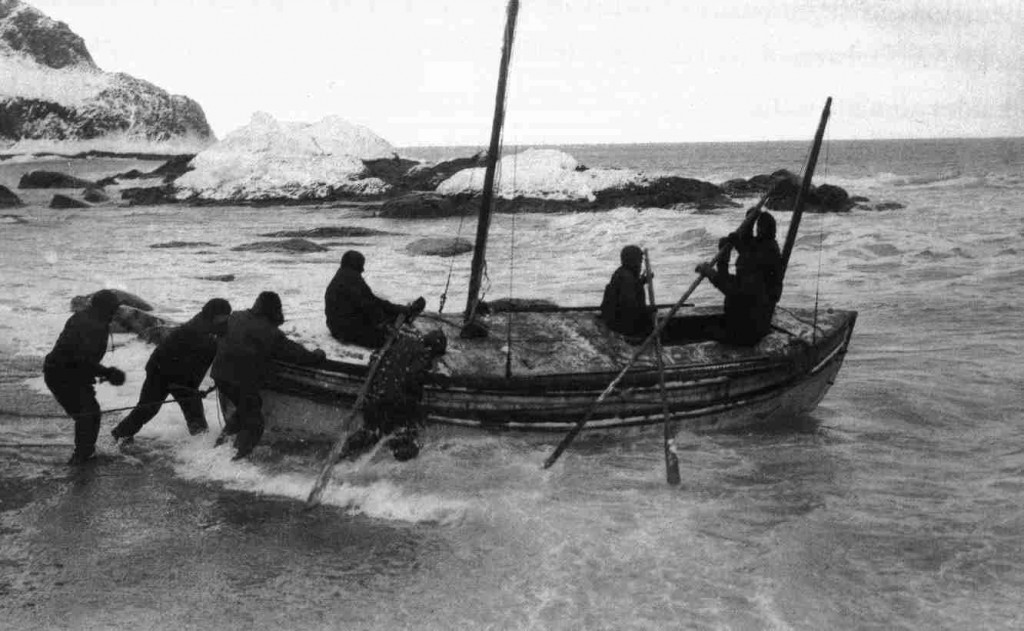
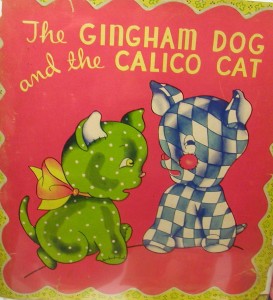
 Etta touched on blues and country and rhythm & blues and soul – pretty much most of the traditional popular song forms – and distinguished herself in all of them. She lived hard, on purpose, and sometimes fell over the edge, then scrambled back and added a little more of the scrape and grit she’d landed in to her already astonishing sound. “My mother always wanted me to be a jazz singer, but I always wanted to be raunchy,” she wrote in her memoir.
Etta touched on blues and country and rhythm & blues and soul – pretty much most of the traditional popular song forms – and distinguished herself in all of them. She lived hard, on purpose, and sometimes fell over the edge, then scrambled back and added a little more of the scrape and grit she’d landed in to her already astonishing sound. “My mother always wanted me to be a jazz singer, but I always wanted to be raunchy,” she wrote in her memoir.
 In
In  Things have been cooking outside of World Headquarters, too. I’ve recently signed on as a regular contributor to
Things have been cooking outside of World Headquarters, too. I’ve recently signed on as a regular contributor to 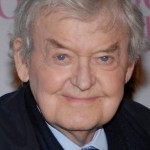
 In that sense reading and writing may be the most human of the arts. They follow us, and sometimes lead us, into these bewilderments of emotion and thought – the places that may not make sense, but simply are. Books explain things, and smudge them up. They are private pleasures that draw us beyond ourselves. And they are time-travelers. They can be “new” to any given reader at any given time, sometimes even when that reader has experienced them before. O miracle divine!
In that sense reading and writing may be the most human of the arts. They follow us, and sometimes lead us, into these bewilderments of emotion and thought – the places that may not make sense, but simply are. Books explain things, and smudge them up. They are private pleasures that draw us beyond ourselves. And they are time-travelers. They can be “new” to any given reader at any given time, sometimes even when that reader has experienced them before. O miracle divine!